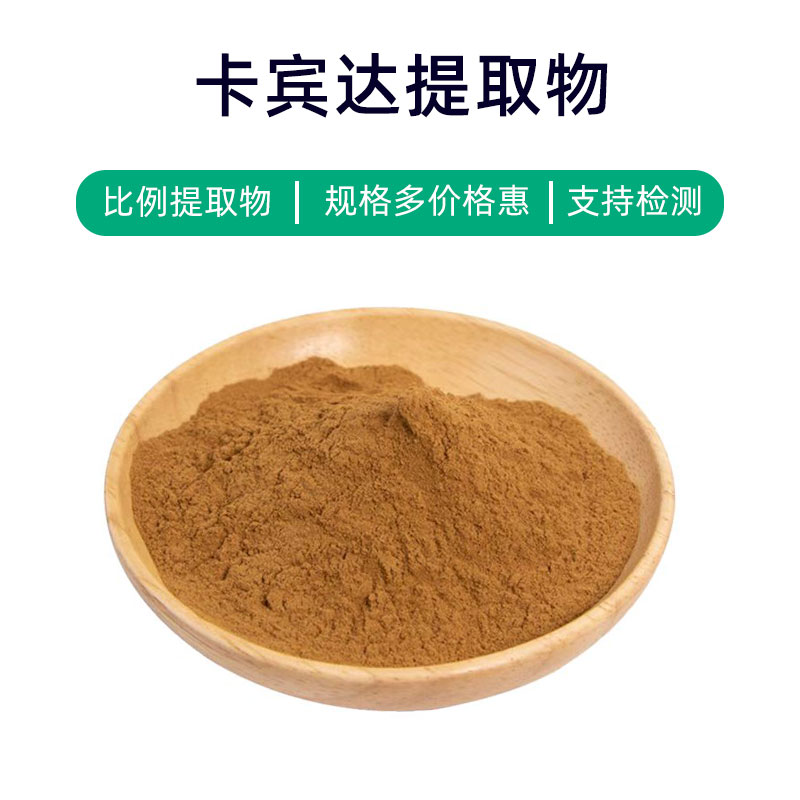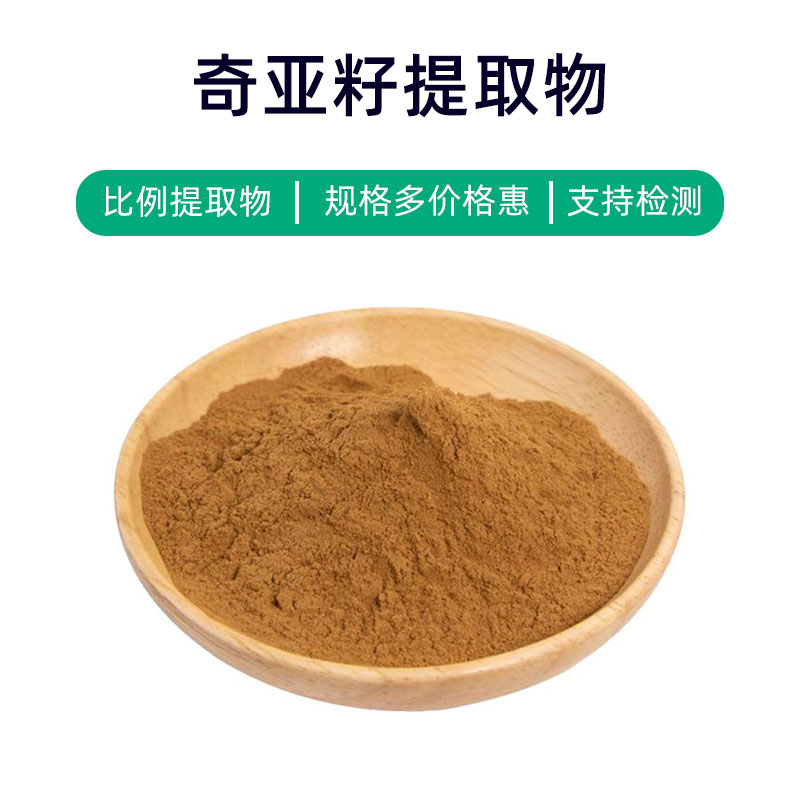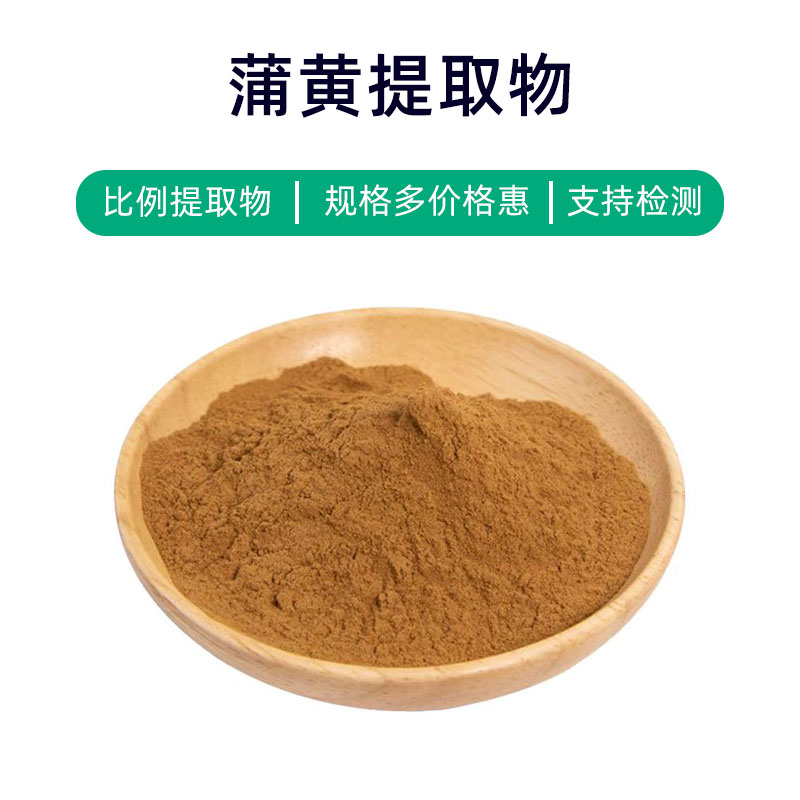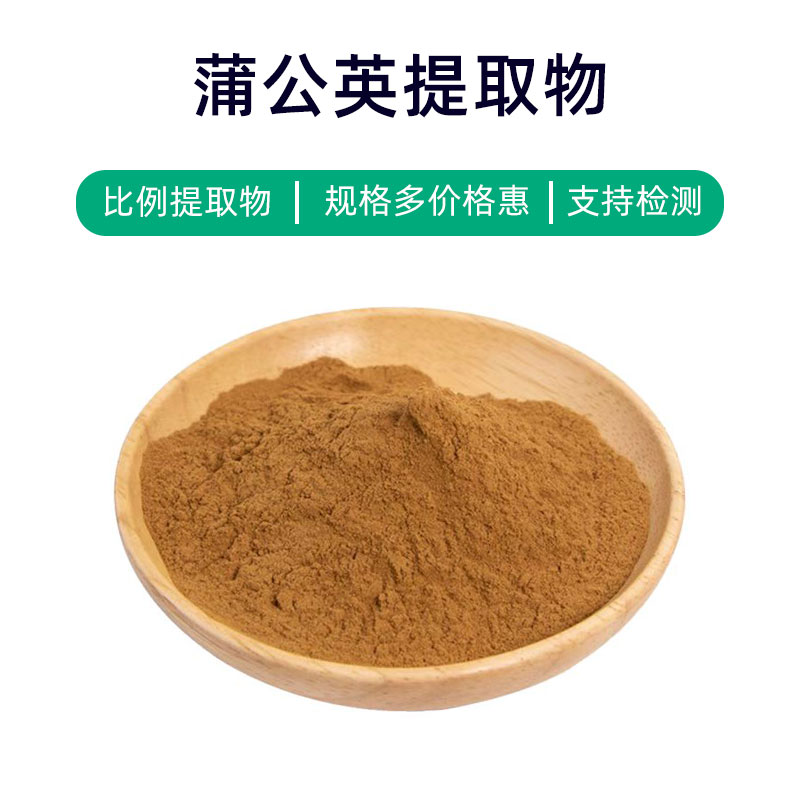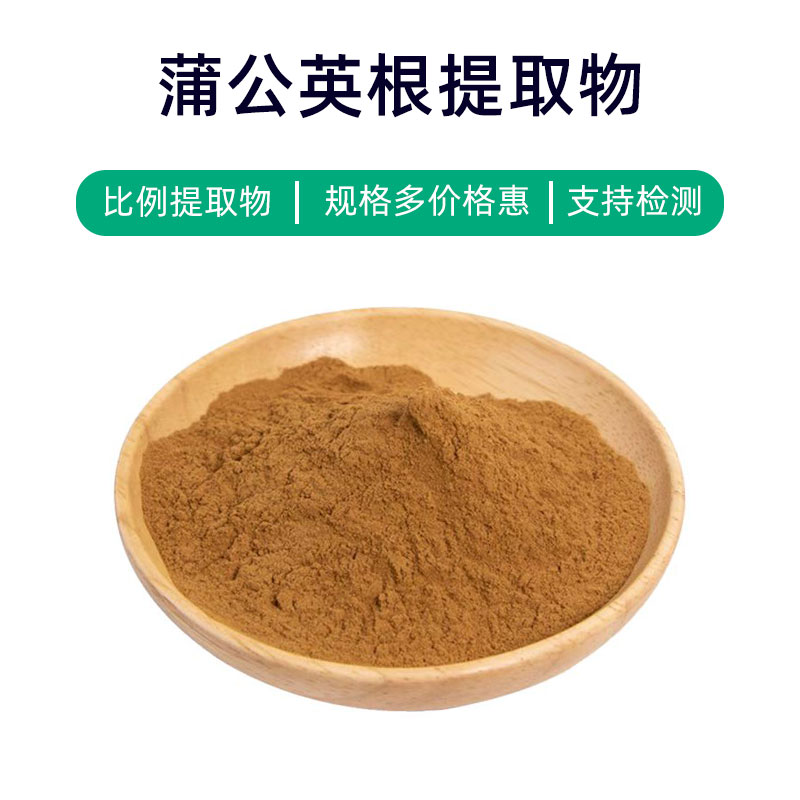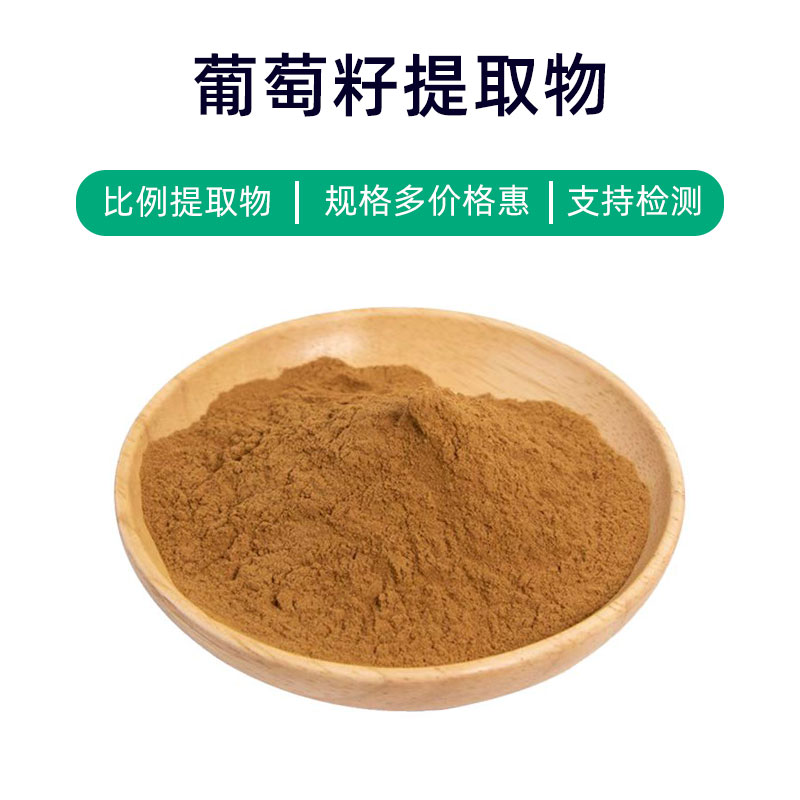Introduction to the Pelargonium graveolens Extract Product
Pelargonium graveolens extract is a natural plant extract derived from Pelargonium graveolens (scientific name: Pelargonium graveolens). Its main components include vanillone, geranic acid, geraniol, and many other volatile components and compounds. These components endow the Pelargonium graveolens extract with various effects and applications.
Firstly, the Pelargonium graveolens extract has soothing and anti - inflammatory effects and can be used to soothe skin discomfort and reduce inflammatory responses. Its antibacterial effect is also widely applied in skin care products and oral care products, which helps to clean and protect the skin.
In addition, the Pelargonium graveolens extract has antioxidant and anti - aging effects. It can inhibit the production of free radicals, slow down the skin aging process, and keep the skin young and healthy.
In the cosmetics field, the Pelargonium graveolens extract is commonly used in skin care products, shampoos, perfumes and other products. It can enhance the aroma and comfort of products while exerting its antibacterial, anti - inflammatory and antioxidant effects.
In the medical field, the Pelargonium graveolens extract is also applied in the formulations of some medications for treating skin inflammation, irritation, and spasms, and has certain medicinal value.
Generally speaking, as a natural plant extract, the Pelargonium graveolens extract has broad application prospects in fields such as skin care, oral care, and cosmetics, and can add multiple effects such as anti - inflammation, anti - oxidation, and anti - bacteria to products, which is favored by consumers and producers.
Production Process of the Pelargonium graveolens Extract Product
The production process of the Pelargonium graveolens extract usually includes the following steps:
- Raw material collection and preparation: First, high - quality Pelargonium graveolens plants should be selected as the extraction raw materials. Usually, fresh Pelargonium graveolens leaves are chosen. These leaves go through pre - treatment steps such as washing and drying to ensure the quality and dryness of the raw materials.
- Crushing and grinding: The prepared Pelargonium graveolens leaves are crushed and ground into powder or granules to increase the extraction efficiency and speed.
- Solvent extraction: The crushed Pelargonium graveolens samples are soaked with an appropriate amount of solvents (such as ethanol, acetone, etc.). Through the soaking process, the active ingredients are dissolved in the solvent.
- Filtration and concentration: The mixed liquid obtained from the soaking is filtered to remove solid residues and impurities, and the extract is obtained. Then, through processes such as evaporation or vacuum concentration, the extract is concentrated to obtain the extract product.
- Purification and separation: The extract is purified, such as through crystallization, fractionation, filtration, etc., to remove unwanted substances and obtain pure Pelargonium graveolens extract.
- Drying and packaging: Finally, the extract is dried to reach an appropriate moisture content, and then packaged and sealed to ensure the stability and quality of the product.
- Quality control: Throughout the production process, strict quality control is required, including raw material inspection, production process monitoring, and extract quality testing, to ensure that the product meets relevant standards and requirements.
The above is the typical production process of the Pelargonium graveolens extract, and each step needs to be strictly controlled and operated to ensure the quality and stability of the final product.
Efficacy, Function and Side Effects of the Pelargonium graveolens Extract
The Pelargonium graveolens extract is a natural extract derived from the Pelargonium graveolens plant and has various effects and functions, which is commonly used in the medical and health - care fields.
- Antioxidant effect: The Pelargonium graveolens extract is rich in antioxidant substances such as flavonoids and polyphenols, which can neutralize free radicals in the body and protect cells from oxidative damage.
- Anti - inflammatory effect: The active ingredients in the Pelargonium graveolens extract have a certain anti - inflammatory effect, which can reduce inflammatory responses and relieve the symptoms of inflammation - related diseases.
- Antibacterial effect: The Pelargonium graveolens extract has a certain inhibitory effect on some bacteria and fungi and can be used in the treatment or prevention of some infectious diseases.
- Blood sugar regulation: Studies have shown that the Pelargonium graveolens extract has a regulatory effect on blood sugar and can lower blood sugar levels, which has a certain adjuvant treatment effect for diabetic patients.
- Lipid - lowering effect: Some components in the Pelargonium graveolens extract can lower the levels of cholesterol and triglycerides in the blood, which helps to regulate blood lipids and prevent cardiovascular diseases.
- Anti - aging effect: The Pelargonium graveolens extract is rich in antioxidant substances, which can delay the cell aging process and keep the skin and organs healthy.
- Hepatoprotective effect: The Pelargonium graveolens extract has a certain protective effect on the liver, can reduce the burden on the liver, and promote the repair and regeneration of liver cells.
- Immunity enhancement: Some active ingredients in the Pelargonium graveolens extract can enhance the body's immune function, improve resistance, and prevent infections and diseases.
Vanilla extract is generally considered a natural plant extract and is unlikely to cause significant side effects when used properly. However, individual differences and dosage control should still be considered to avoid adverse reactions from excessive use. In some cases, certain individuals may experience allergic reactions or discomfort when using vanilla extract. Therefore, an allergy test should be performed before use, and the advice of a doctor or professional should be followed.
Application Scenarios and Dosage of Vanilla Extract
Vanilla extract is a natural plant extract widely used in the pharmaceutical, food, and cosmetic fields due to its diverse benefits and applications.
1. Pharmaceutical Applications:
- Antioxidant and Anti-inflammatory Treatment:
Vanilla extract contains flavonoids and polyphenols, which have antioxidant and anti-inflammatory properties. It is commonly used to treat inflammatory diseases such as arthritis and intestinal inflammation. - Cardiovascular Health:
Vanilla extract helps reduce cholesterol and triglyceride levels, which benefits cardiovascular health. It can be used as an adjunct treatment for hypertension and hyperlipidemia. - Blood Sugar Regulation:
Some studies suggest that vanilla extract has a regulatory effect on blood sugar levels, making it suitable for adjunctive treatment in diabetic patients. - Antibacterial and Anti-inflammatory:
Vanilla extract has inhibitory effects on certain bacteria and fungi, making it useful for treating skin infections and oral diseases.
2. Food Applications:
- Flavoring Agent:
Vanilla extract has a unique aroma and taste, making it suitable for flavoring meats, seafood, condiments, and other food products. - Preservative:
The antioxidants in vanilla extract can act as a natural preservative, helping to extend the shelf life of food products. - Nutritional Enhancer:
Due to its antioxidant, antibacterial, and blood sugar-regulating effects, vanilla extract is also added to functional foods such as nutritional drinks and health supplements.
3. Cosmetic Applications:
- Skin Care Products:
Vanilla extract has antioxidant and moisturizing properties, making it suitable for use in skin care products such as creams and serums. - Hair Care Products:
Vanilla extract nourishes and protects hair, and is often used in shampoos and conditioners. - Oral Care:
Due to its antibacterial and anti-inflammatory properties, vanilla extract is also commonly used in oral care products such as toothpaste and mouth sprays.
Dosage and Usage:
The dosage and usage of vanilla extract should be adjusted according to the product type and purpose:
- In the pharmaceutical and health supplement fields, use should be guided by a professional.
- In the food and cosmetic fields, follow the product’s instructions or relevant standards.
Introduction to the Source Plant, Distribution, and Growing Environment of Vanilla Extract
Vanilla (Vanilla planifolia) is a tropical climbing plant and one of the main sources of natural vanilla. The following is detailed information about the source plant, distribution, and growing environment of vanilla:
Source Plant Introduction:
Vanilla belongs to the Orchidaceae family and is a perennial evergreen climbing plant with long, slender, and flexible stems. It is capable of climbing to a height of over 20 meters.
- The leaves are long and oval-shaped, leathery, smooth on the surface, and with smooth edges.
- Vanilla flowers are yellow-green with a rich fragrance and typically grow at the end of the flower spike.
Distribution:
Vanilla is native to the tropical regions of Central and South America, including Mexico, Costa Rica, Panama, and Venezuela.
- In these areas, vanilla typically grows in warm and humid environments such as tropical rainforests, swamps, and moist areas near rivers.
Growing Environment:
- Climate Requirements:
Vanilla prefers a warm and humid climate with high light and air humidity requirements. It typically grows at altitudes below 200 meters, with an optimal growth temperature of 20–30°C. - Soil Requirements:
Vanilla is not highly selective about soil types but thrives in loose, fertile, and well-drained soil. - Light and Water:
Vanilla requires sufficient sunlight but can tolerate partial shade. Adequate moisture supply is essential for its growth and development. - Climbing Behavior:
Vanilla is a climbing plant that uses surrounding trees or other structures for support. In commercial cultivation, specialized trellises or frames are often used to support vanilla growth and provide suitable light and humidity conditions.
Overall, vanilla thrives in warm, humid climates with good light and air humidity, along with suitable soil and climbing support. These factors are essential for producing high-quality vanilla beans and extract.
Processing and Storage of Vanilla Extract
The processing of vanilla extract typically includes the following steps:
- Harvesting:
Mature vanilla pods are harvested. - Fermentation:
The pods undergo a simple processing step followed by fermentation, which develops the characteristic vanilla aroma. - Drying:
The fermented pods are dried and sun-dried to reduce moisture content to an optimal level. - Extraction:
The dried pods are ground and extracted to obtain vanilla extract.
Storage:
- Vanilla extract should be stored in a dry, cool place, away from direct sunlight and high temperatures.
- Ensure that the container is tightly sealed to preserve the product's aroma and quality.
Monica Sun is a seasoned expert in the plant extraction industry with over a decade of experience in research and production. She specializes in the extraction and purification of plant active ingredients, focusing on driving innovation in natural product applications. Monica has participated in the development of multiple functional plant extracts, delivering high-value natural raw material solutions for the health food, pharmaceutical, and dietary supplement sectors.









